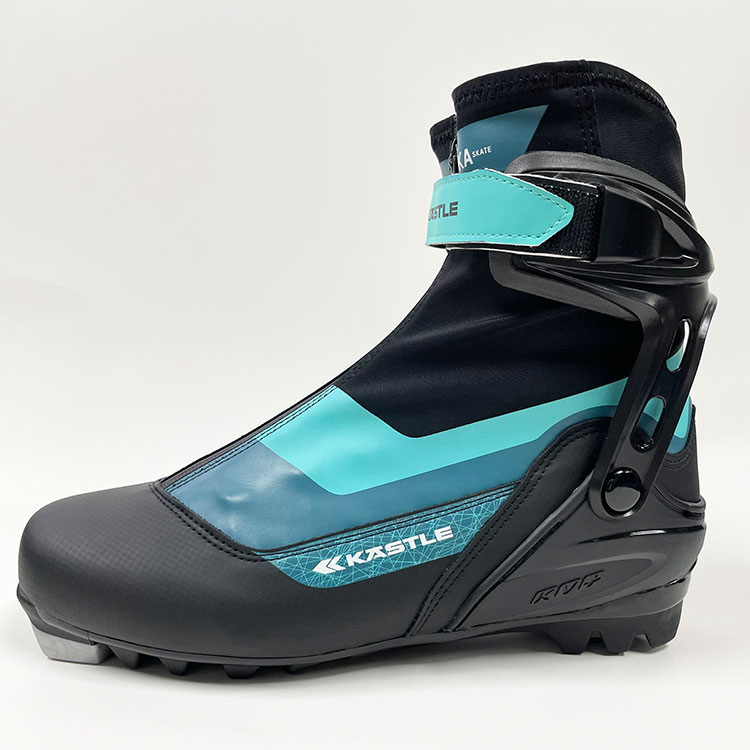Features and Considerations for Skate Ski Boots
2024-05-11
Skate ski boots, also known as Nordic skate boots or cross-country skate boots, are a type of footwear specifically designed for skate skiing, a technique used in cross-country skiing. Skate skiing involves a skating-like motion where skiers push off with alternating legs to glide forward on groomed snow trails or tracks. Skate ski boots are designed to provide stability, support, and control while facilitating efficient energy transfer during the skating motion. Here are some key features and considerations for skate ski boots:
1. Stiffness: Skate ski boots are typically stiffer than classic cross-country ski boots to provide better lateral support and control during the skating stride. The stiffness helps transfer power from the skier's legs to the skis for efficient propulsion.
2. Ankle Support: Skate ski boots feature higher ankle cuffs compared to classic ski boots to provide additional ankle support and stability during the lateral movements of skate skiing. The ankle support helps prevent ankle fatigue and improves control over the skis.
3. Closure System: Skate ski boots often feature a combination of laces, straps, and buckles for a secure and customizable fit. The closure system allows skiers to adjust the tightness of the boots to their preference and foot shape, ensuring comfort and performance on the snow.
4. Compatibility: Skate ski boots are designed to be compatible with skate skiing bindings, which are typically NNN (New Nordic Norm) or SNS (Salomon Nordic System) bindings. The boots feature integrated binding systems or compatible sole profiles that allow them to securely attach to the bindings for optimal power transmission and control.
5. Insulation and Breathability: Skate ski boots may feature insulation to provide warmth and protection from cold temperatures while skiing. However, they also need to be breathable to allow moisture vapor to escape, preventing the feet from overheating and perspiring excessively during intense activity.
6. Fit and Sizing: Like all ski boots, finding the right fit and size is crucial for comfort and performance. Skate ski boots should provide a snug and supportive fit without causing discomfort or pressure points. Skiers may need to try on different models and sizes to find the best fit for their feet and skiing style.
7. Weight: Skate ski boots are generally lighter in weight compared to backcountry or alpine ski boots to minimize fatigue and allow for more efficient skating movements. Lightweight materials and construction techniques are used to achieve this balance between performance and weight.
8. Durability and Construction: Skate ski boots are constructed to withstand the rigors of cross-country skiing, including abrasion from snow and ice, as well as the stresses of skating motions. Durable materials such as reinforced plastics, synthetic leather, and waterproof membranes are used to ensure longevity and performance in varying snow conditions.
Skate ski boots play a crucial role in the overall performance and enjoyment of skate skiing. Choosing the right pair of boots that fit well, provide adequate support, and match the skier's skill level and preferences can enhance the skiing experience and contribute to improved performance on the trails.



